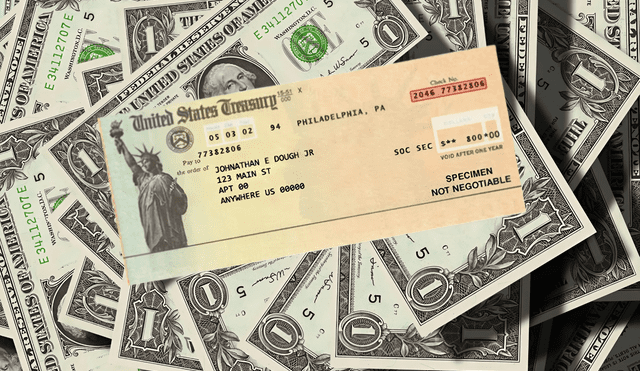IRS issues $1,400 stimulus checks in early 2025: Check out the eligibility and distribution details
In early 2025, the IRS is distributing $1,400 stimulus payments to approximately one million taxpayers who missed the 2021 Recovery Rebate Credit. Eligible individuals will receive payments automatically by late January.

As of early 2025, the Internal Revenue Service (IRS) has initiated the distribution of $1,400 stimulus payments to about one million American taxpayers. These payments target individuals who, despite being eligible, didn't claim the Recovery Rebate Credit on their 2021 tax returns. This initiative aims to ensure that all qualifying taxpayers receive the financial support intended to mitigate the economic impact of the COVID-19 pandemic.
The Recovery Rebate Credit was established to provide financial relief during the pandemic. However, many eligible individuals either overlooked or were unaware of this credit when filing their 2021 tax returns. Recognizing this oversight, the IRS has taken proactive measures to automatically issue payments to those who didn't claim the credit, ensuring that eligible taxpayers receive the funds they are entitled to without additional administrative burdens.

Millions of Americans are about to get a new stimulus check . Photo: WICS.

ALSO SEE: $100.000 for college student who beat Damian Lillard in NBA All-Star Weekend three-point contest
Who are eligibility for the $1,400 stimulus check?
To qualify for this automatic payment, individuals must meet specific criteria:
- 2021 Tax Return status: Filed a 2021 tax return but did not claim the Recovery Rebate Credit.
- Income thresholds:
- Single filers: Adjusted Gross Income (AGI) below $80,000.
- Married filing jointly: AGI below $160,000.
- Head of household: AGI below $120,000.
- Dependency status: Not claimed as a dependent on another taxpayer's return.
The IRS has identified eligible individuals based on these criteria and is processing payments accordingly. No additional action is required from taxpayers who meet these qualifications.
Payment distribution details in the U.S.
The distribution of these payments began in December 2024, with the majority of recipients expected to receive their funds by late January 2025. The IRS is utilizing the following methods for disbursement:
- Direct deposit: Funds are deposited into the bank account specified on the taxpayer's most recent tax return.
- Paper check: For those without direct deposit information on file, a check is mailed to the last known address.
Eligible taxpayers will receive a notification letter from the IRS detailing the payment amount and method. It's essential to review this correspondence to ensure accuracy and retain it for personal records.
What are the steps for IRS non-filers?
Individuals who have not yet filed their 2021 tax returns but believe they are eligible for the Recovery Rebate Credit still have an opportunity to claim this payment. The deadline to file and receive the credit is April 15, 2025. Even those with minimal or no income in 2021 are encouraged to file a return to access these funds. Filing can be done electronically through the IRS's official website or by submitting a paper return.
With the rollout of these payments, taxpayers should remain vigilant against potential scams. The IRS emphasizes that it won't initiate contact via phone, email or social media to request personal or financial information. Official communications are typically conducted through mailed letters. To verify any correspondence or for additional information, taxpayers should consult the official IRS website or contact their offices directly.
The IRS's proactive approach in distributing these $1,400 payments underscores its commitment to ensuring that all eligible taxpayers receive the financial assistance designated for them. By understanding the eligibility requirements and remaining informed through official channels, individuals can secure the benefits they are entitled to and protect themselves from potential scams.












